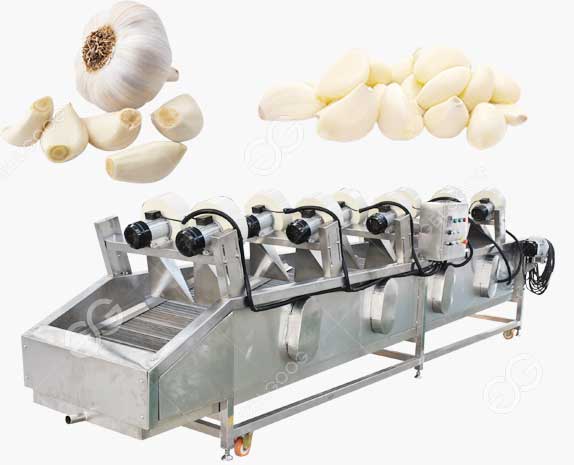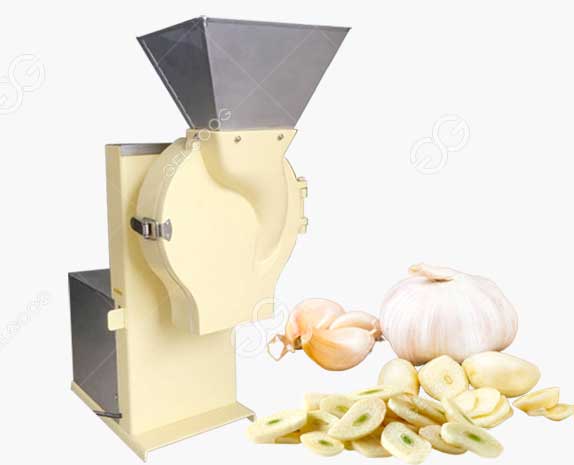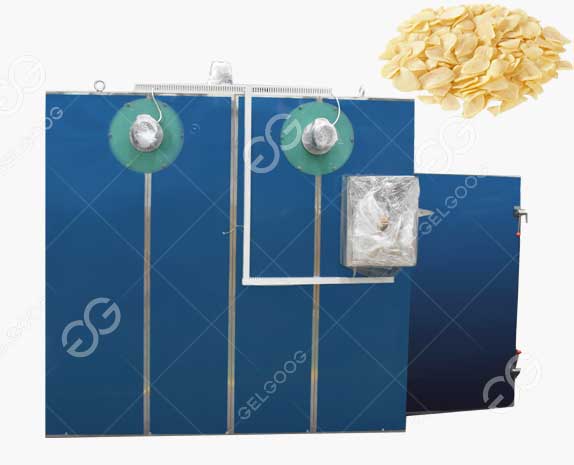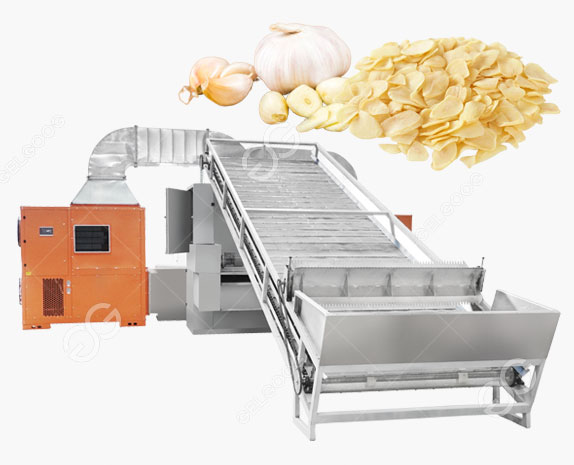Banana powder has become a versatile ingredient, finding its way into various industries, from food and beverage to cosmetics and pharmaceuticals. Its popularity stems from its long shelf life, easy storage, and the concentrated nutritional benefits it offers. In this blog, we'll delve into the process of making banana powder commercially, highlighting key steps and considerations for a successful venture.
Step 1: Selecting the Right Banana Variety
Not all bananas are created equal when it comes to powder production. The ideal choice for commercial purposes is the Cavendish variety due to its size, sweetness, and overall suitability for processing.
Step 2: Harvesting at the Right Ripeness
Timing is crucial in banana powder production line. Harvesting should be done when the bananas are fully ripe but not overripe. This ensures maximum flavor and nutritional content in the final product.
Step 3: Peeling and Slicing
Once harvested, the bananas need to be peeled and sliced. Industrial equipment like mechanical peelers and slicers can significantly speed up this process, ensuring efficiency and consistency.
Step 4: Pre-Treatment to Prevent Browning
Bananas are notorious for browning due to enzymatic reactions. To maintain the powder's visual appeal, a pre-treatment is essential. This can involve dipping the slices in citric acid or ascorbic acid solution, both of which inhibit the oxidation process.
Step 5: Drying
Drying is a critical step in banana powder production. There are various methods, including sun drying, drum drying, and freeze drying. Commercial operations often opt for advanced technologies like spray drying for its speed and efficiency. Proper drying ensures a longer shelf life for the powder.
Step 6: Grinding
Once dried, the banana slices are ground into a fine powder. Industrial-scale grinding machines are used to achieve a consistent texture. The finer the powder, the easier it is to incorporate into various products.
Step 7: Packaging and Storage
Packaging is the final step before the banana powder reaches the market. Using moisture-resistant and airtight packaging materials is crucial to preserving the powder's quality. Proper labeling with nutritional information and usage instructions is also important for consumer understanding.
Considerations for Commercial Success:
Quality Control: Implement rigorous quality control measures at every stage of production to ensure consistency and adherence to industry standards.
Market Research: Understand your target market and tailor your product accordingly. Consider factors like packaging size, pricing, and potential uses in different industries.
Regulatory Compliance: Familiarize yourself with food safety regulations and obtain the necessary certifications to ensure your product meets industry standards.
Efficient Supply Chain: Establish a streamlined supply chain to minimize costs and maximize efficiency, from sourcing raw materials to distributing the final product.
Marketing and Branding: Invest in effective marketing strategies to create brand awareness. Highlight the unique qualities of your banana powder and its applications.
Conclusion:
Commercial banana powder production requires a strategic approach, from selecting the right bananas to implementing efficient processing and marketing strategies. With attention to quality, consistency, and market demands, your venture into banana powder can be a recipe for success in the ever-expanding world of food and industrial products.




